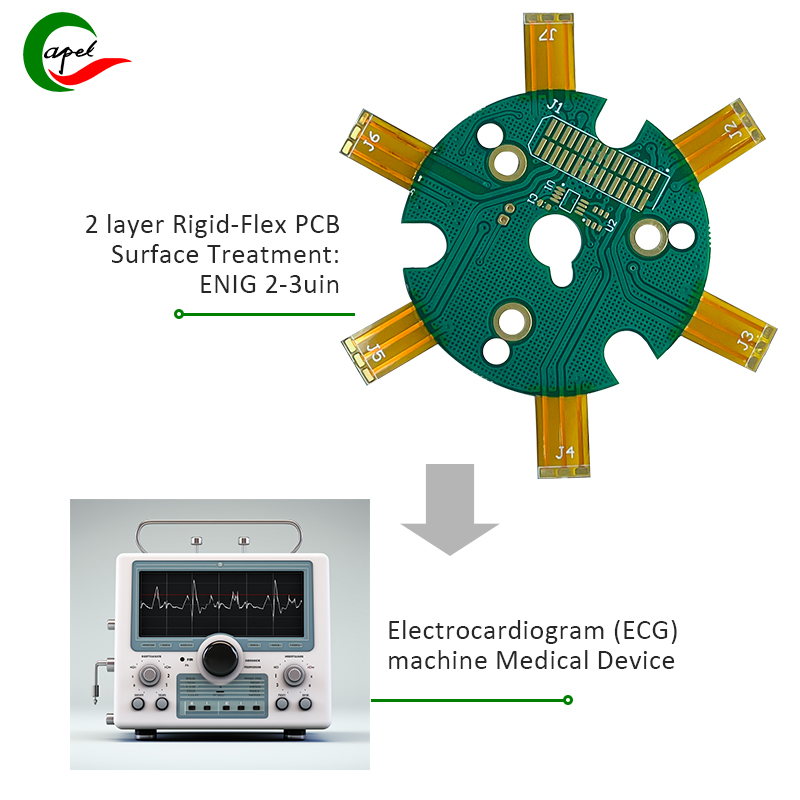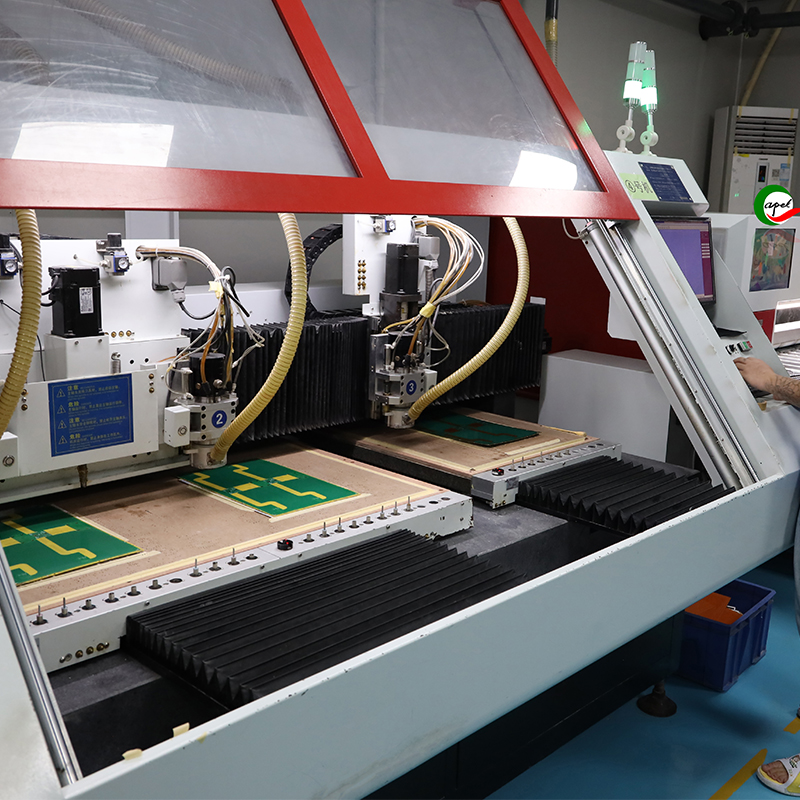Introduction: Optimizing rigid-flexible PCB solutions to meet the needs of different industries
The demand for innovative, efficient, and reliable electronic products has increased significantly, driving the rapid development of the rigid-flex board industry. As an experienced rigid-flex PCB engineer with 15 years of hands-on experience in design and manufacturing, I have encountered and successfully solved many industry-specific challenges to deliver superior solutions to our customers. In this article, I will present insightful case studies focusing on how 2-layer rigid-flex PCBs can help streamline manufacturing processes, improve product quality, and meet the diverse needs of customers.
Case study 1: Simplifying the assembly process using 2-layer rigid-flex PCB
Simplifying the Assembly Process Challenge:
An esteemed client in the medical device industry sought our expertise to streamline the assembly process of their portable monitoring equipment. The compact nature of the device requires a PCB that can integrate seamlessly with the complex housing design while providing the necessary rigidity and flexibility to withstand the daily use of the device.
Solution:
By leveraging the benefits of 2-layer rigid-flex PCB technology, we are able to simplify the assembly process by eliminating the need for additional interconnects, connectors, and wiring. The rigid-flex design enables seamless integration of equipment dimensions, reducing the overall footprint while enhancing structural integrity.
Results:
The implementation of a 2-layer rigid-flex PCB not only speeds up device assembly but also helps improve reliability and durability. The reduced component count and simplified interconnectivity have a positive impact on the overall cost-effectiveness of the product while meeting stringent regulatory standards.
Case Study 2: Enhancing Durability and Reliability in Aerospace Applications with 2-Layer Rigid-Flex PCB
Enhancing Durability in Aerospace Applications Challenge:
A leading aerospace company challenged us to develop a reliable and durable solution for its advanced avionics systems. Rigid-flex PCBs must be able to withstand extreme temperature changes and mechanical stress and provide uncompromised performance in harsh airborne environments.
Solution:
Leveraging our extensive experience in material selection and design optimization, we designed a 2-layer rigid-flex printed circuit board using high-performance laminates and flexible substrates with excellent thermal stability and mechanical resilience. The design meets stringent space constraints within avionics systems, ensuring reliable signal integrity and trouble-free operation.
Result:
Using a 2-layer rigid-flex PCB board not only improves the durability and performance of the avionics system, but also significantly reduces the weight of the entire system. The enhanced reliability and robustness of rigid-flex PCBs help significantly extend the service life of avionics systems, increasing customer confidence in our customized solutions.
Case Study 3: Powering Wearable Technology with Custom Designed 2-Layer Rigid-Flex PCB
Challenges of Enhancing Wearable Technology:
In the emerging world of wearable technology, customers seek flexible and durable solutions for their next-generation fitness and health monitoring devices. The challenge is to develop PCBs that can seamlessly fit the contours of the wearable device, withstand dynamic movement, and withstand sweat and moisture exposure.
Solution:
Leveraging the inherent flexibility of 2-layer rigid-flex PCBs, we designed a custom solution that integrates seamlessly with the wearable device form factor while ensuring ruggedness and reliability. The design process requires careful consideration of flexible substrate materials, bend radius requirements, and miniaturization to accommodate the compact size of wearable devices.
Results:
The integration of a 2-layer rigid-flex circuit board proved instrumental in achieving the customer’s goal of delivering an ergonomic and durable wearable device. Custom-designed rigid-flex PCBs provide unparalleled flexibility without compromising electrical performance, paving the way for an enhanced user experience and extended product life.
2 Layer Rigid Flex PCB Fabrication Process
Conclusion: Promote innovation and excellence in the rigid-flex board industry
In the dynamic landscape of rigid-flex PCB design and manufacturing, the application of 2-layer rigid-flex PCBs has emerged as a transformative solution to countless industry-specific challenges. Through the case studies presented, it is clear that the versatility, reliability and adaptability of 2-layer rigid-flex PCB technology significantly streamlines manufacturing processes and improves everything from medical devices to aerospace applications and wearable technology. product quality. As an experienced engineer, it is essential to stay at the forefront of technological advancements and leverage this expertise to deliver customized, impactful solutions that drive innovation and excellence in the rigid-flex industry.
Post time: Jan-23-2024
Back








